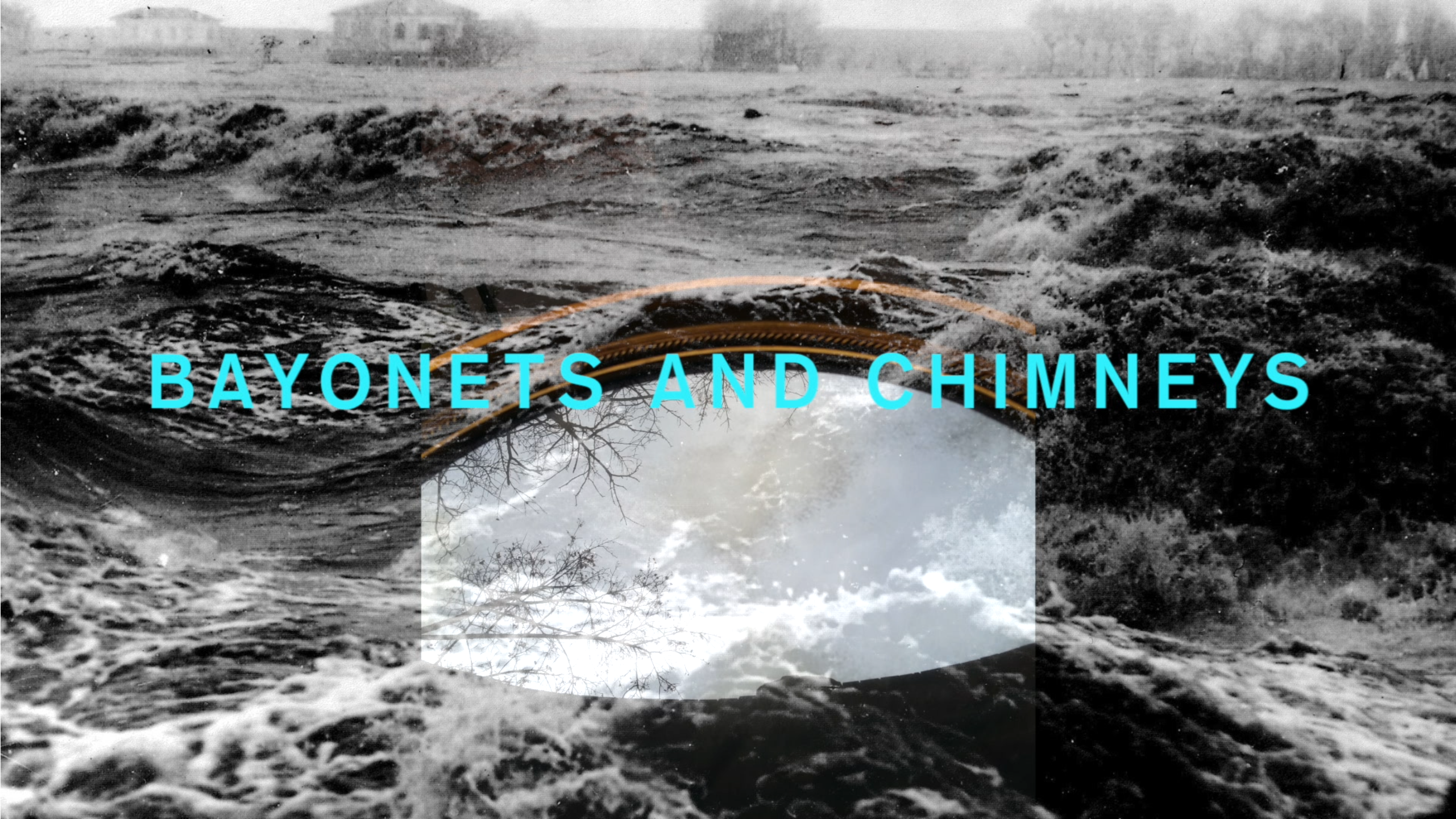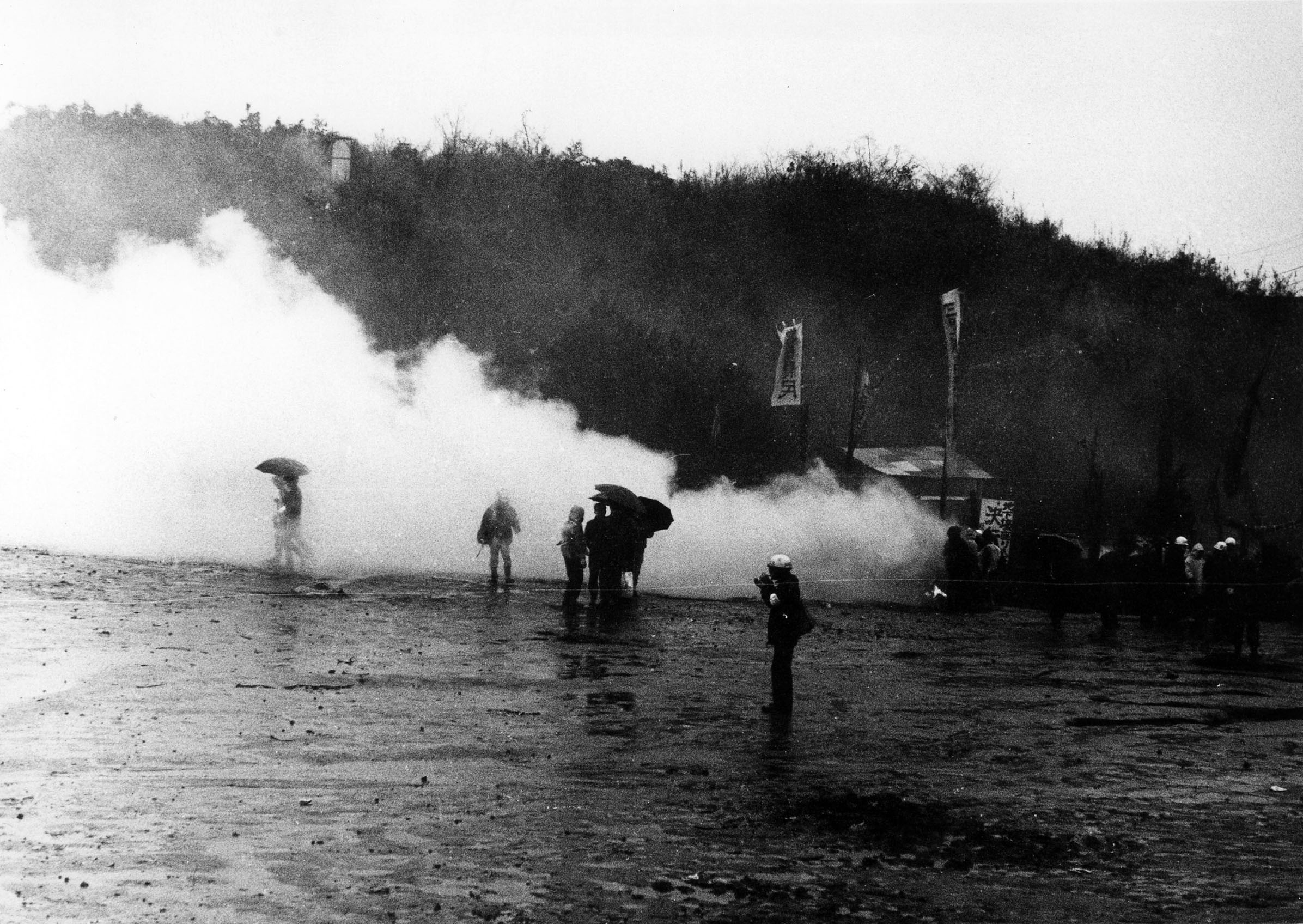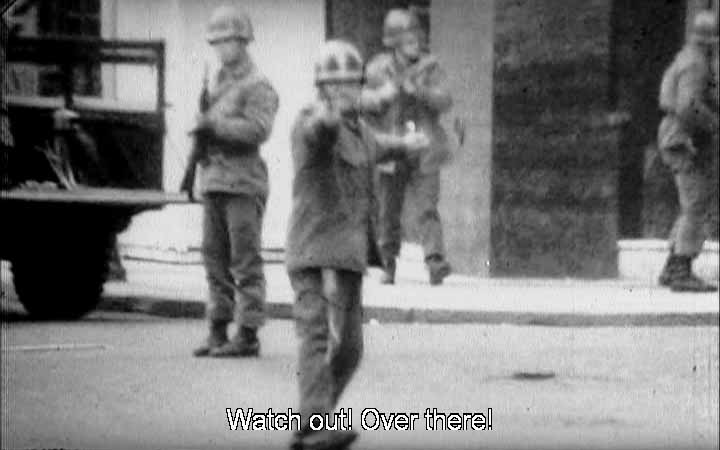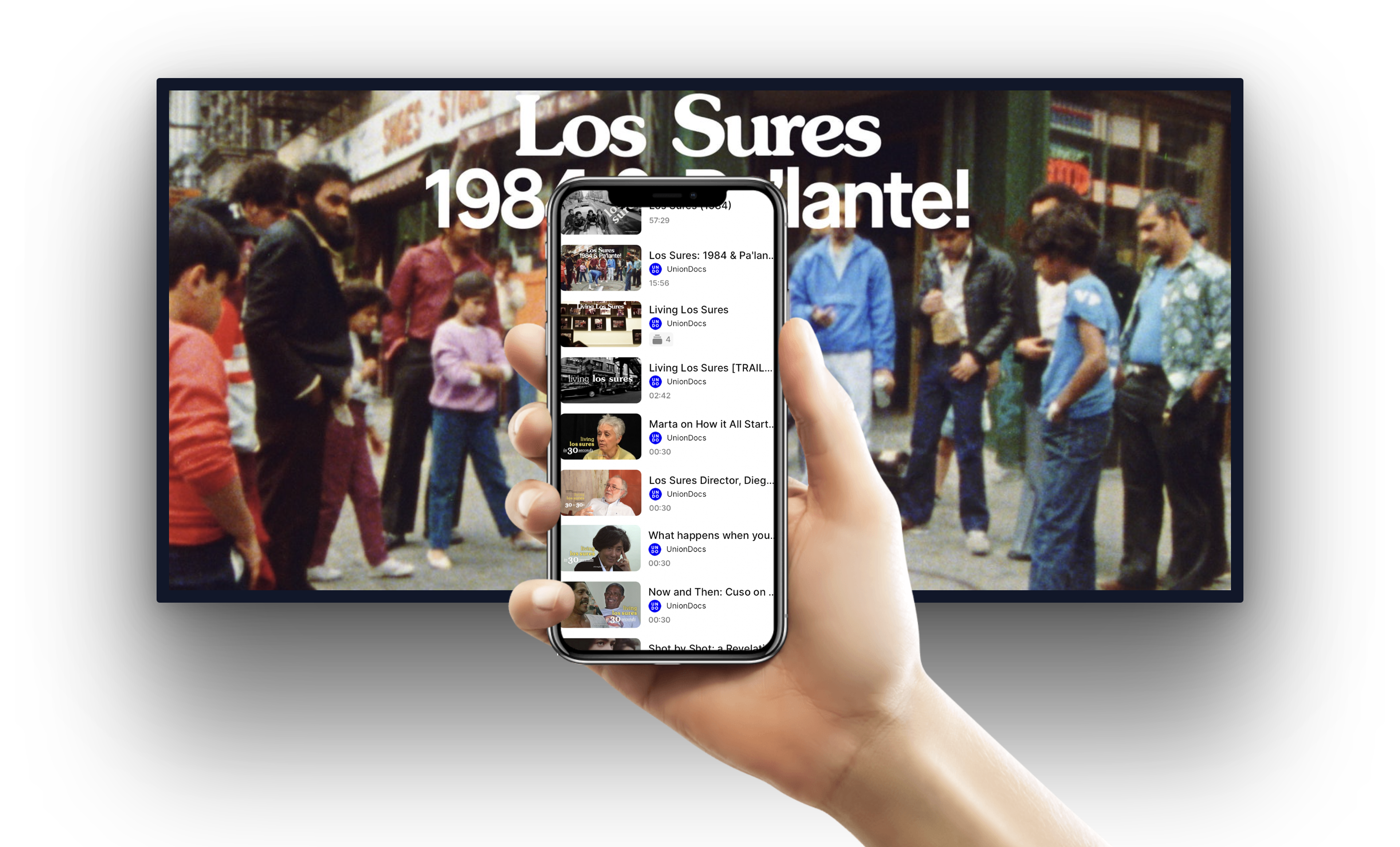To mark the release of his new book, Shard Cinema, Evan Calder Williams will present a new talk that develops out from some of the project’s key concerns and is interwoven with short films and excerpts from documentaries, video games, early cinema, recent blockbusters, and photojournalism. While the title of the book comes from thinking through the fractured surfaces, weightless collisions, and pixelated chaos prevalent in the past decades of digital imaging, this talk follows another thread that runs throughout the book to consider a more tangible point of impact: the prospect of the camera itself being struck by what it depicts, be it drops of water, the dust of an explosion, or a cop’s baton. Taking in a range that moves through militant film practices, experimental cinema, and special effects, Williams traces a long history of how we understand the visibility of what itself records vision and the political questions posed when any fantasy of neutral objective distance is ruined.
Shard Cinema tells an expansive story of how moving images have changed in the last three decades, and how they have changed us along with them, rewiring the ways we watch, fight, and navigate an unsteady world. In a set of interrelated essays that range from the writings of early factory workers to the distributed sight of contemporary surveillance, Williams argues for deep links between the images we see and the hidden labors frozen into them, exploring how even the apparently trivial or spectacular carries unique opportunities to detect the processes and social frictions of their making. Spanning film, video games, radical history, architecture, visual effects, and war, the book crosses the twentieth century into our present to confront a new order of seeing and making that slowly took shape: the composite image, where no clean distinction can be made between production and post-production, filmed and animated, material and digital. Giving equal ground to costly blockbusters, shaky riot footage, disaster photography, and early cinema, Williams leads us from the computer-generated “shards” of particles and debris to the broken phones screen on which we watch these digital storms, looking for the unexpected histories lived in the interval between.










